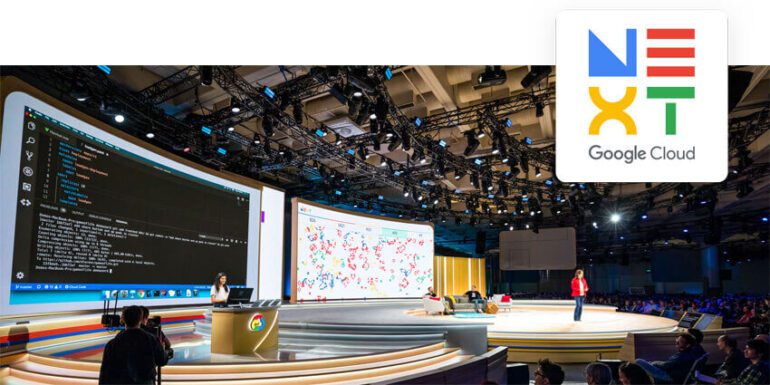- Google will introduce open-source tools for AI model development at the Cloud Next conference.
- MaxDiffusion offers reference implementations of diffusion models optimized for XLA devices.
- Jetstream engine promises up to 3x higher performance per dollar for text-generating AI models.
- MaxText repository expanded to include Gemma 7B, GPT-3 precursor, Llama 2, and Mistral models.
- Optimum TPU, in collaboration with Hugging Face, aims to streamline the deployment of AI models on TPUs.
- Current limitations exist with Optimum TPU, supporting only Gemma 7B and lacking training capabilities.
Main AI News:
In the realm of developer conferences, Google’s Cloud Next and I/O stand as stalwarts, typically showcasing a plethora of managed and closed-source offerings. However, this year marks a departure from tradition, with Google rolling out a suite of open-source tools tailored to bolster generative AI endeavors and infrastructural support.
First in line is MaxDiffusion, discreetly introduced by Google in February. This assortment comprises reference implementations of diverse diffusion models, such as the acclaimed image generator Stable Diffusion, designed to operate on XLA devices. XLA, denoting Accelerated Linear Algebra, serves as a catalyst for optimizing AI workloads, including fine-tuning and serving, thereby enhancing efficiency.
Google’s proprietary tensor processing units (TPUs) alongside recent Nvidia GPUs fall within the ambit of XLA devices, thereby leveraging MaxDiffusion’s capabilities. Moreover, Google heralds Jetstream, a novel engine dedicated to executing generative AI models, albeit focusing on text generation as opposed to Stable Diffusion. While currently tailored for TPUs, compatibility with GPUs is slated for future integration, promising up to a tripling in “performance per dollar” for models like Gemma 7B and Llama 2.
Mark Lohmeyer, Google Cloud’s GM of compute and machine learning infrastructure, underscores the burgeoning demand for cost-efficient inference stacks as AI workloads transition to production. JetStream emerges as a solution, boasting optimizations tailored for prominent open models like Llama 2 and Gemma.
While Google touts a significant performance boost, clarity remains elusive regarding the methodology behind this claim. Questions linger regarding the TPU generation used for comparison, baseline engine benchmarks, and the precise definition of “performance” in this context.
Google’s foray into open-source territory extends to MaxText, a repository of text-generating AI models catering to TPUs and Nvidia GPUs. Noteworthy additions include Gemma 7B, OpenAI’s GPT-3 precursor, Llama 2, and models from Mistral. Google emphasizes the customizability and fine-tuning potential of these models, coupled with optimized performance on TPUs and Nvidia GPUs.
Collaboration with Hugging Face yields Optimum TPU, geared toward facilitating the deployment of generative AI models on TPU hardware, particularly for text generation. However, its current iteration exclusively supports Gemma 7B and lacks training capabilities for generative models on TPUs.
Despite the nascent stage, Google envisions incremental enhancements for Optimum TPU and the broader landscape of open-source contributions in AI development.
Conclusion:
Google’s strategic shift towards open-source tools for AI model development signifies a significant move in the market. By democratizing access to cutting-edge technologies and fostering collaboration, Google aims to accelerate innovation and empower developers worldwide. This initiative not only enhances Google’s ecosystem but also stimulates competition, ultimately driving advancements in the AI market as a whole.

